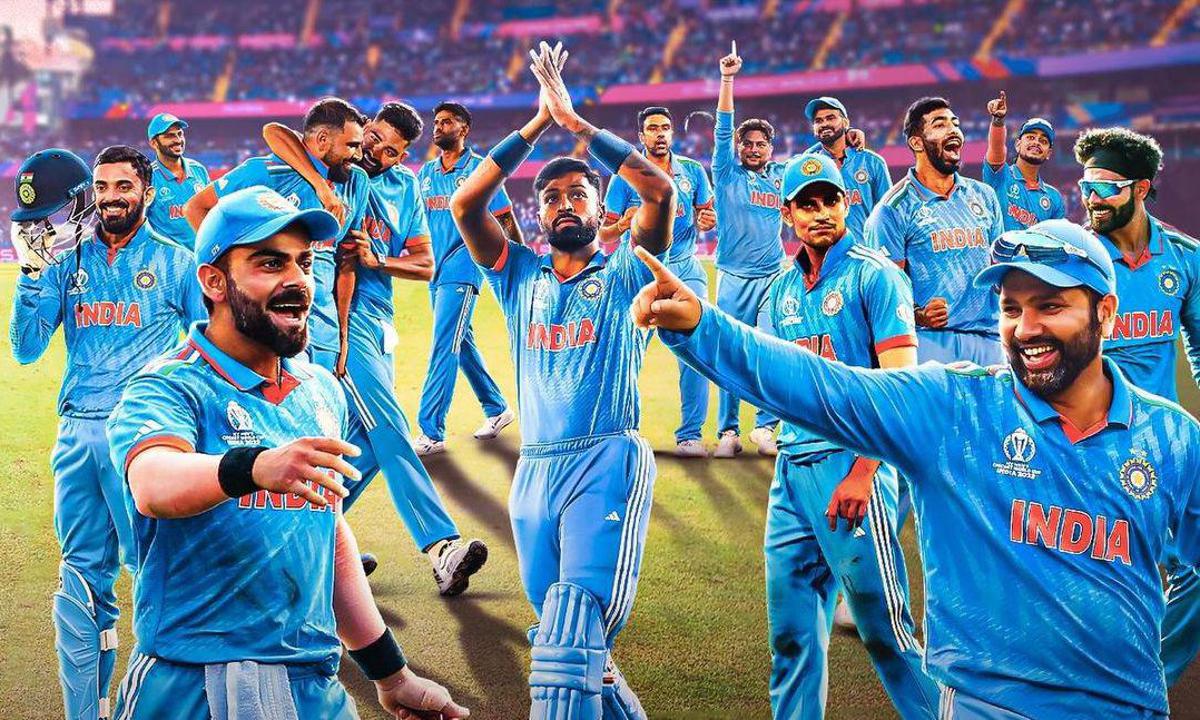The Role of Cricket in Promoting Teamwork: 99exch, Reddy Anna Book, Allpanel
99exch, Reddy Anna Book, All Panel.com, Allpanel: When it comes to the game of cricket, collaboration is key to achieving success on the field. Each player brings a unique set of skills and experiences to the team, and it is through collaboration that these individual strengths can be harnessed for the collective good. Whether it’s batting, bowling, or fielding, players must work together seamlessly to outperform the opposition. Without effective collaboration, a team is like a group of individuals playing solo rather than as a cohesive unit.
In cricket, collaboration extends beyond just the players on the field. Coaches, support staff, and even fans all play a part in the team’s success. By working together towards a common goal, everyone involved in the cricketing ecosystem can contribute to creating a winning culture. Collaboration fosters a sense of unity and shared purpose among team members, leading to improved performance and a greater likelihood of achieving victory on the pitch.
Understanding the Dynamics of Teamwork in Cricket
Teamwork in cricket is crucial for achieving success on the field. Each player has a specific role to play, whether it’s batting, bowling, fielding, or captaining the team. It is when everyone seamlessly comes together and performs their duties efficiently that a team can truly excel.
In a game that requires coordination and synchronization among players, communication becomes the key to success. Through effective communication, teammates can strategize, provide feedback, and offer support to each other. This not only fosters a strong sense of unity but also enhances decision-making on the field, leading to better outcomes for the team.
How Communication Builds Strong Cricket Teams
Effective communication is the cornerstone of building strong cricket teams. It is vital for players to convey their thoughts, strategies, and feedback clearly to each other both on and off the field. Good communication fosters a sense of unity, trust, and understanding among team members, leading to improved performance and cohesiveness during matches.
In cricket, communication is not limited to just verbal exchanges; non-verbal cues and body language also play a crucial role in enhancing team dynamics. Players need to be attuned to each other’s movements, gestures, and expressions to anticipate actions and make split-second decisions together on the field. By honing their communication skills, cricket teams can streamline their coordination, avoid misunderstandings, and adapt swiftly to changing game situations.







